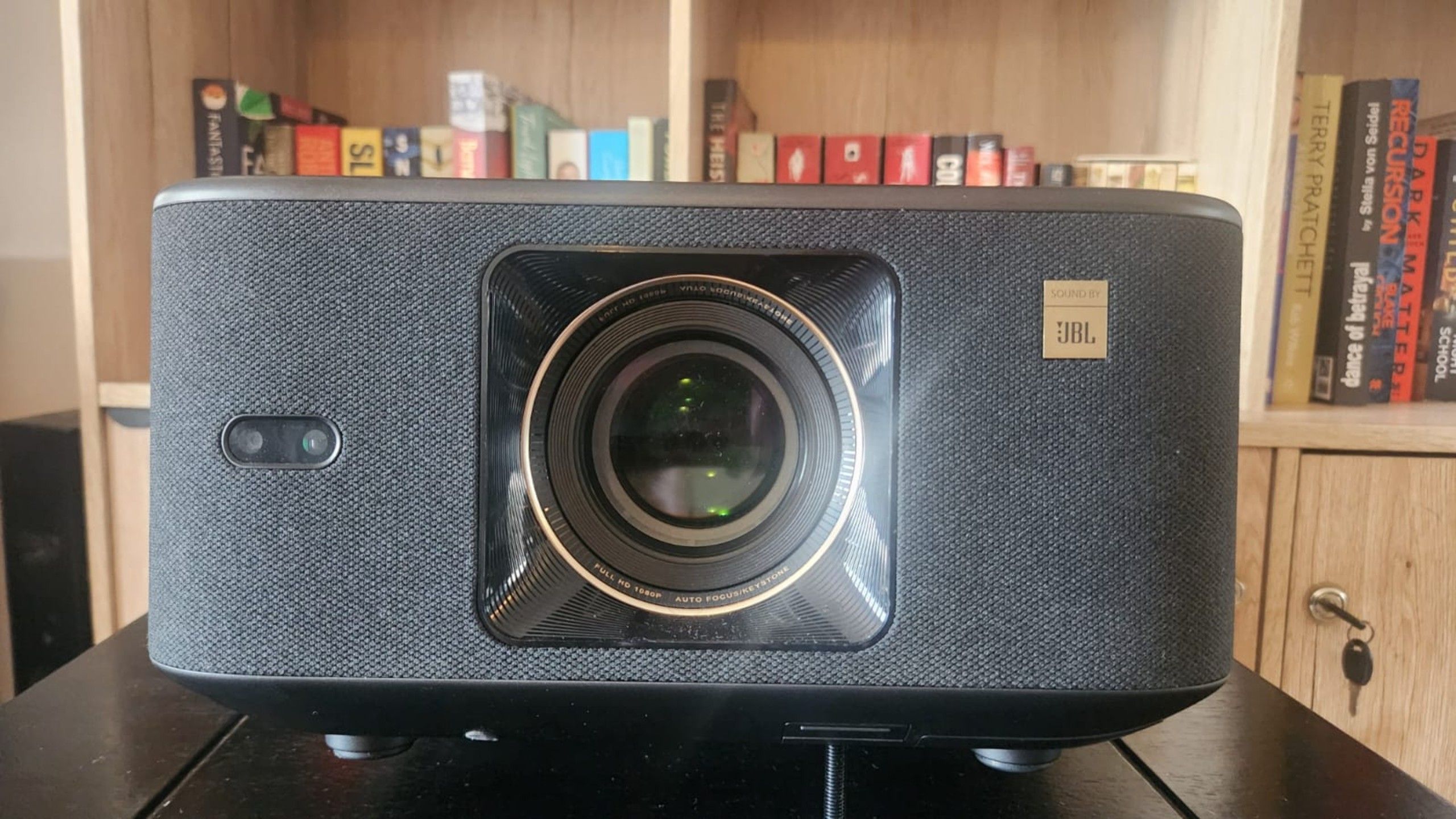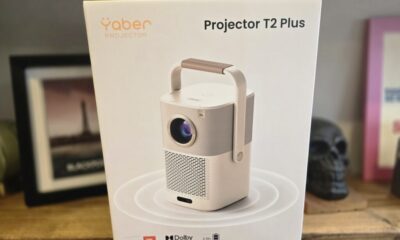Gadgets
How to choose a projector

Summary
- Brightness is key for projector performance. Aim for at least 1,000-3,000 lumens.
- Light source impacts image quality and lifespan.
- Consider resolution and contrast for better picture quality, with 1080p and 4K the top choices.
Modern projectors are more portable and accessible than ever, making them perfect for movie nights or watching the big game on a massive screen. They often have a better price-to-screen-size ratio than the best smart TVs and include quality speakers with superb sound.
Related
The projector with Dolby Audio that turned my living room into a theater
If you’ve got some extra dough to drop on a high-quality projector that doesn’t compromise on sound, this is your pick.
1 Brightness
Ambient lighting makes or breaks the experience
Brightness is one of the first things to consider when buying a projector because ambient lighting heavily influences performance. Projector brightness is usually measured in ANSI, ISO, or CVIA lumens, which measure how much light it produces. Projectors work better in the dark, but this isn’t always realistically possible. If you’re using a projector in a dark room or at night only, you can do with lower brightness. If you plan on using it with more ambient lighting during the day, you’ll need one with higher brightness.
Brightness is one of the first things to consider when buying a projector because ambient lighting heavily influences performance.
But how much is enough? Budget projectors start at under 100 lumens, but a minimum of 400 and 1,000 is recommended if you want a detailed picture in dark environments. Between 1,000 and 3,000 lumens is the sweet spot for pricing and providing great picture quality in dark and moderate lighting conditions. Projectors over 3,500 lumens are the best for use when there is significant ambient lighting, but they tend to be pricey.

Related
New HDMI tech will support insane resolutions up to 16K
The upgraded technology means movies, shows, and games are about to get a lot better.
2 Light source
It determines the projector’s overall lifespan
The light source is critical to the projector’s image quality and lifespan. Most projectors use lamps, lasers, or LED light sources, although some hybrid models exist. Lamps are the oldest type and often the most affordable. They deliver high brightness at the cost of high power consumption and have the shortest lifespan of between 2,000 and 10,000 hours.
Many compact projectors are LED-based, offering efficient power consumption and a longer life span of over 20,000 hours. However, they aren’t known for their brightness, although this is changing with newer models like the Yaber K3 offering 1,600 lumens. Laser projectors use the latest technology to deliver the best color accuracy, contrast, and brightness. They are also more power efficient and have a long lifespan of up to 50,000 hours. The main drawbacks of laser projectors are that they are generally bulkier and costlier than the other types.
0:56

Related
I skipped an outdoor TV in favor of this mini projector instead
Planning a movie night? Bringing this outside for nighttime viewing works way better than I expected.
3 Resolution
Picture quality is everything
I will lump resolution and contrast in the same category because they often go hand in hand. Resolution refers to pixel density, and a higher count makes a clearer and more detailed image. Projectors with 720p should be the minimum resolution for presentations and business use. Anyone looking for the most detail for movies or gaming should go for at least 1080p, with 4K offering the best resolution.
-

 Destination4 months ago
Destination4 months agoSingapore Airlines CEO set to join board of Air India, BA News, BA
-

 Tech News7 months ago
Tech News7 months agoBangladeshi police agents accused of selling citizens’ personal information on Telegram
-

 Motivation7 months ago
Motivation7 months agoThe Top 20 Motivational Instagram Accounts to Follow (2024)
-

 Guides & Tips6 months ago
Guides & Tips6 months agoSatisfy Your Meat and BBQ Cravings While in Texas
-

 Guides & Tips6 months ago
Guides & Tips6 months agoHave Unlimited Korean Food at MANY Unlimited Topokki!
-

 Tech News6 months ago
Tech News6 months agoSoccer team’s drone at center of Paris Olympics spying scandal
-

 Gaming5 months ago
Gaming5 months agoThe Criterion Collection announces November 2024 releases, Seven Samurai 4K and more
-

 Toys6 months ago
Toys6 months ago15 Best Magnetic Tile Race Tracks for Kids!
























